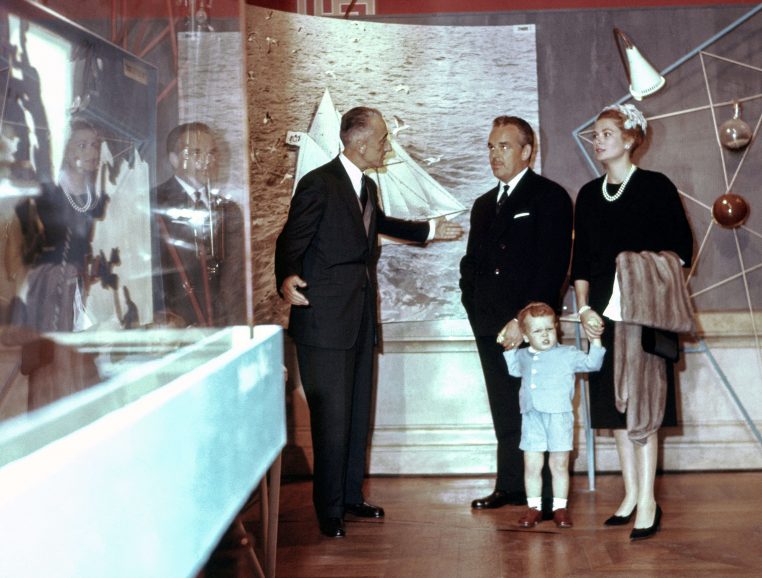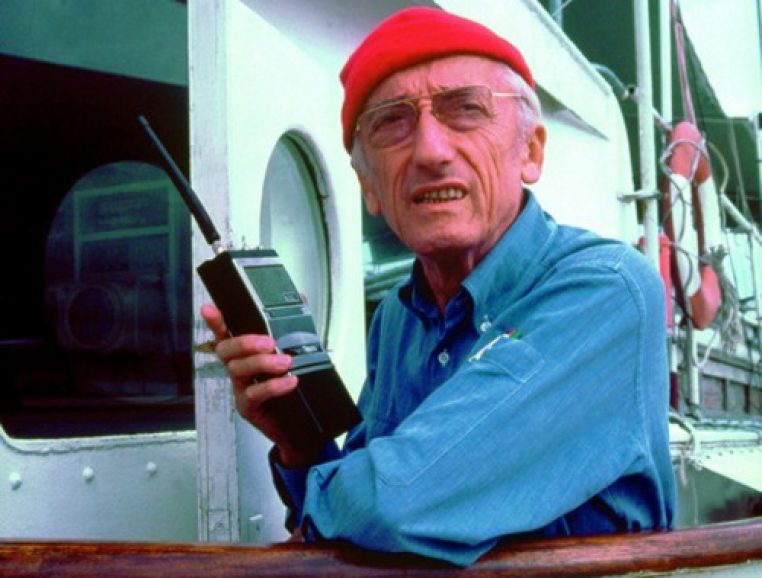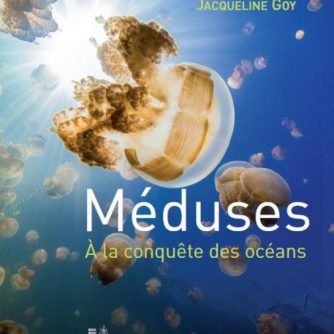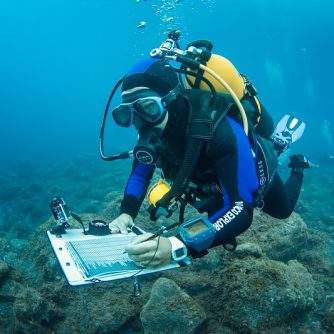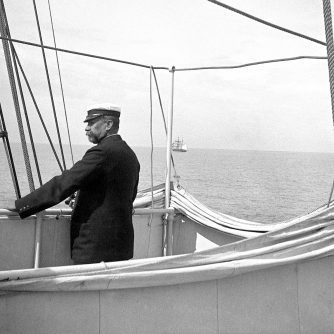THE KEY FIGURES of the Institute
- Home
- Intervenants-FDM
- The Great Figures
Since its creation, the Oceanographic Institute of Monaco has been committed to raising awareness of the richness and fragility of the oceans and to promoting sustainable management and reasoned and effective protection of the latter.
Great personalities have participated, and still participate. Discover the most outstanding…
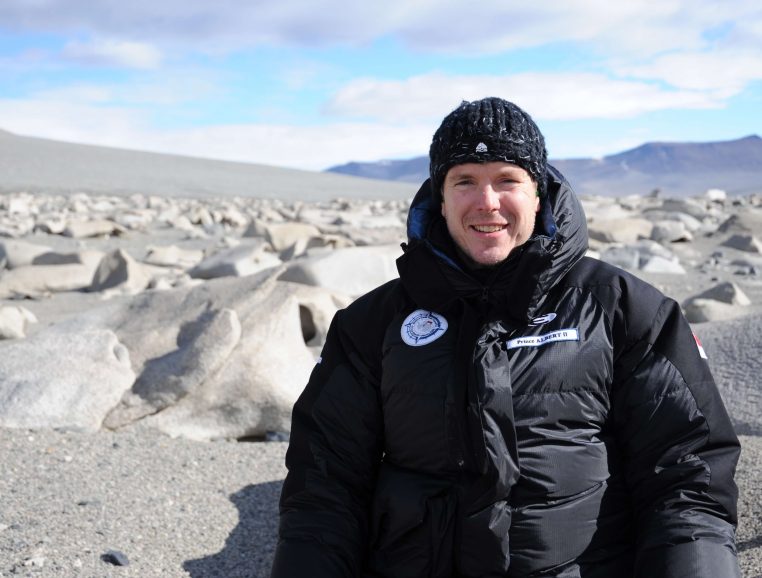
H.S.H. Prince Albert II of Monaco
Prince Albert I of Monaco
Prince Albert I of Monaco has devoted a large part of his life to oceanography.
At the age of seventeen, he joined the Spanish Navy, which he left in 1868. Two years later, he took part in the war as a lieutenant in the French Navy.
In 1873, he acquired a 200-ton sailing ship, the Hirondelle, with which he sailed the Mediterranean and the Atlantic as far as the Azores. For ten years, he acquired the knowledge that would enable him to embark on a magnificent career as a navigator and scientist.
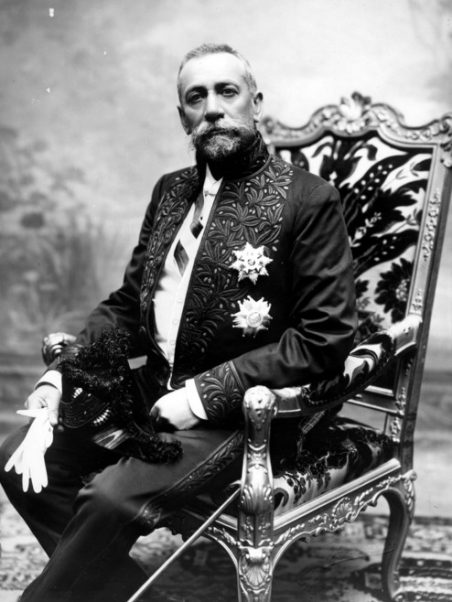
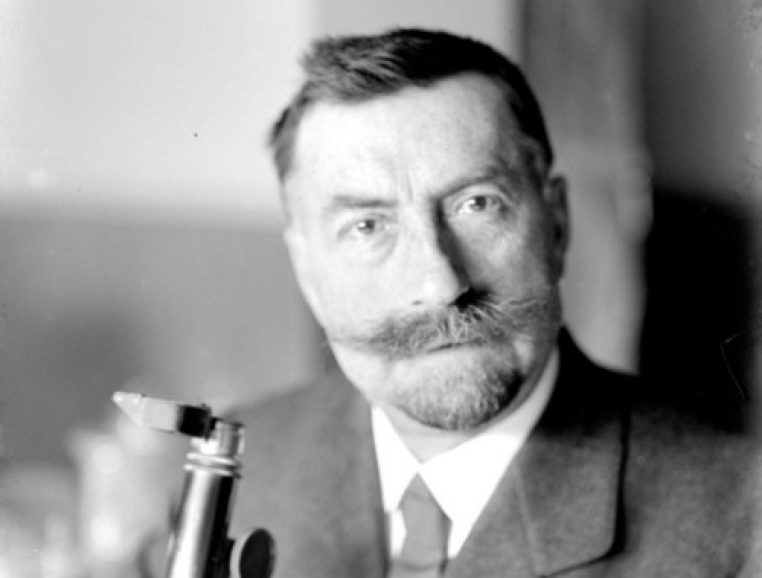
Jules Richard (1863-1945)
Faithful collaborator of Prince Albert I of Monaco
In 1887, Dr. Jules Richard, a French scientist, was recruited as secretary for the Prince’s scientific work. In 1900, he was appointed director of the Oceanographic Museum, then still under construction.
Dr. Richard took part in numerous oceanographic campaigns on board Prince Albert I’s ships, organized and directed the Oceanographic Museum of Monaco and also supervised the publication of the results of scientific campaigns carried out on his yacht by Albert I, Sovereign Prince of Monaco.
He remained director of the Museum until his death in January 1945.
Prince Rainier III :
the ocean revealed
Numerous initiatives were organised under the Prince’s initiative, including: objecting to nuclear waste being sunk in the Mediterranean; hosting top-level laboratories researching the marine environment; and even launching international agreements to fight against pollution and protect endangered species.
